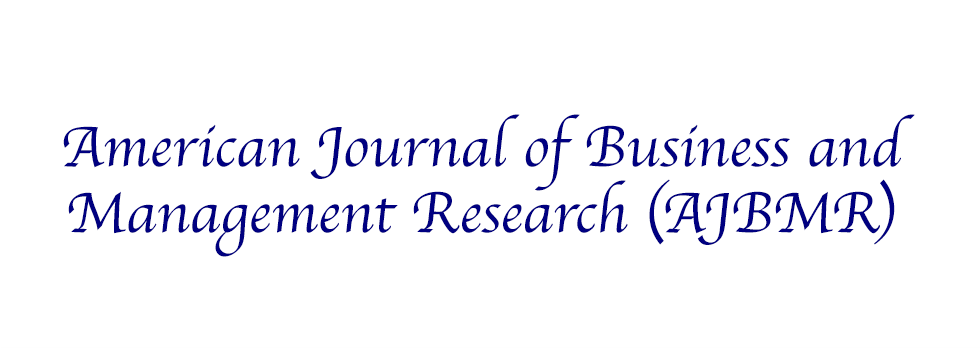Abstract
The focus of this paper is to compare the two states, viz., Maharashtra and West Bengal in terms of their progress made in the Govt. of India launched Sarva Shikshya Abhiyan in the year 2000. These two states are among the four most highly populated states in India. This paper tries to understand the reasons behind the dismal performance of West Bengal in the SSA in spite of a remarkable improvement in the overall literacy in the current decade compared to Maharashtra. Some startling facts came up in this study such as an increasing enrolment ratio of the 6-11 years does not alone decide the future of education system of a state or an economy. Thus, in spite of a good progress in the literacy percentage in the 2011 census, West Bengal’s poor performance in getting all school going children enrolled in school irrespective of gender and family income, is still a distant goal. The achievement of a satisfactory universal elementary education can probably be explained by the ‘Inclusive Growth’ theory which was taken up as a planning strategy for the first time in the 11th Five Year Plan. By Inclusive here it is meant -a concept that encompasses equity, equality of opportunity, and protection in primary education and Tier transitions – along with proper supervision which is an essential ingredient of any successful public expenditure strategy. Here it emphasizes the idea of equality of circumstances which is the only answer to the development of any area or economy be it a state or the country as a whole. Thus, the option of Inclusiveness seems to be the only way of achieving complete success specifically in achieving universal education.
Recommended Citation
Mukherjee, Dr. Lalima
(2024)
"Decadal Performance of West Bengal and Maharashtra in Sarva Shiksha Abhiyan since 2000,"
American Journal of Business and Management Research (AJBMR): Vol. 2:
Iss.
2, Article 2.
Available at:
https://research.smartsociety.org/ajbmr/vol2/iss2/2

